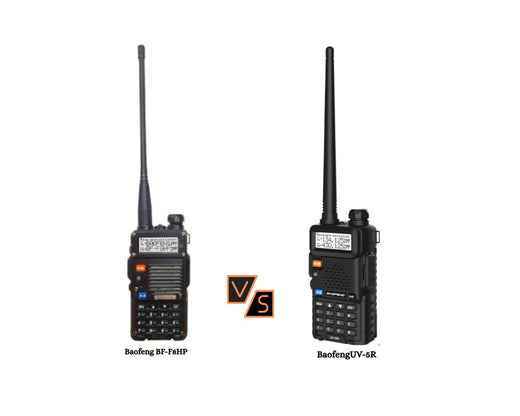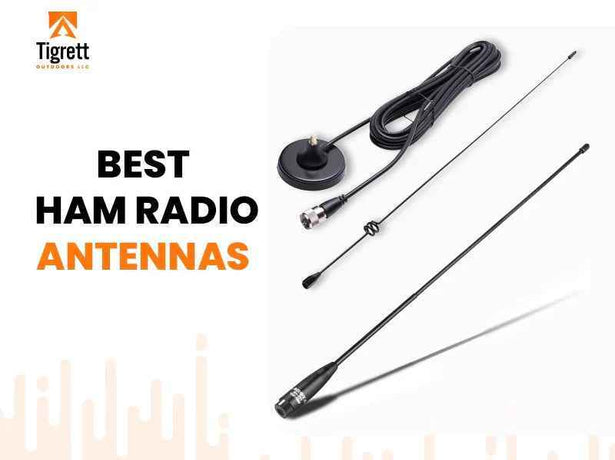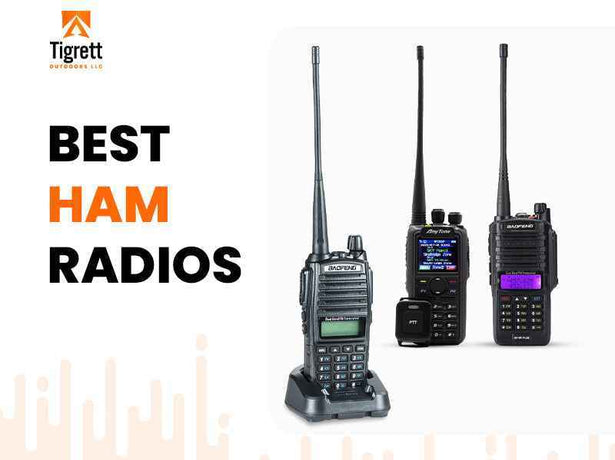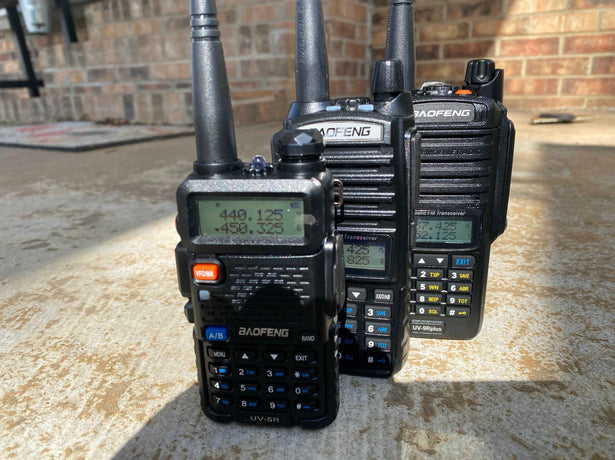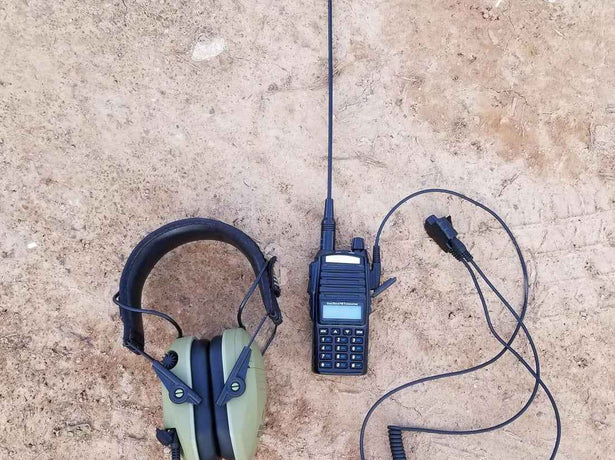Antenna connectors are important in ham radio. They link the transceiver to the antenna, making sure signals travel clearly and efficiently. There are different ham radio antenna connector types that work best at specific frequency ranges and signal conditions.
Using the right connector will maintain strong signal transmission and prevent interference or loss. When you use the wrong connector, it can weaken signals, cause overheating and make the system work poorly.
When you pick the right connector, your signal will be strong and the equipment will be in good condition. The wrong choice can weaken the signals and cause damage to the equipment. The right type of antenna connector will help the system work smoothly and last longer.
Common Ham Radio Antenna Connector Types
Ham radio antenna connectors come in different types, each used for specific frequency ranges and signal needs. When you choose the right type of connector, the transmission will be strong and prevent any signal loss. Here are some popular ham radio antenna connector types:
PL-259 Connector
The PL-259 connector is often used in ham radio for HF and VHF signals. It connects to an SO-239 socket with a threaded design that keeps it from coming loose. The brass body, usually coated in nickel or silver, makes it strong and durable. Its larger size makes it easy to handle, even for beginners.
One drawback is that the PL-259 does not keep a steady 50-ohm impedance, which can cause signal problems at high frequencies. It can cause unreliable signals above 300 MHz. Some versions have silver plating and Teflon insulation to improve performance, but cheaper ones with low-quality materials can weaken signals and increase resistance.
Installing a PL-259 requires careful soldering. A poor connection can cause signal loss and reduce performance. While it is not the best choice for UHF, it remains a solid and affordable option for HF and VHF.
UHF Connector
The SO-239 is a connector used in amateur radio. It connects with the PL-259 plug and is often found in base stations, repeaters and mobile radios that works on HF and VHF frequencies. Its threaded design keeps the connection secure, preventing accidental disconnections.
The inner part, usually made of silver- or gold-plated brass, helps signals pass through with good conductivity. The outer shell, often nickel-plated brass or zinc alloy, makes it strong and resistant to rust.
While the SO-239 works well at frequencies below 300 MHz, it is less effective at higher frequencies. It does not maintain a perfect 50-ohm impedance, which can cause signal loss and higher SWR.
It also has weaker shielding, making it more prone to interference compared to connectors like N-type or BNC. Despite these drawbacks, it remains a popular and affordable choice for HF and lower VHF radios. For higher frequencies, N-type or SMA connectors perform better.
BNC Connector
BNC connectors are small, quick-locking connectors used in ham radios, test equipment, and software-defined radios (SDRs). Their bayonet-style locking system allows fast connections and disconnections without tools, making them useful for portable setups.
They come in two types: 50-ohm and 75-ohm. The 50-ohm type is standard for radio communication, while the 75-ohm type is mainly for video and loses more signal in radio use.
These connectors work well up to 4 GHz but start losing efficiency beyond 1 GHz. They are best for VHF and UHF signals but not for higher frequencies, where N-Type or SMA connectors perform better.
BNC connectors handle low power, usually under 100 watts at HF, and are not suited for high-power radios, which need PL-259 or N-Type connectors. Frequent use can loosen the bayonet mechanism, which affects connection quality, making threaded connectors like TNC or N-Type more durable.
BNC connectors remain popular because they are small and easy to use. They are common in SDRs, antenna analyzers, and test equipment. High-quality versions with gold or silver plating reduce signal loss, and shielded coaxial cables like RG-58 or RG-316 help prevent interference.
N Type Connector
The N-Type connector is a high-performance RF connector designed for strong signal retention with minimal loss, making it ideal for repeaters, base stations, and long coaxial cable runs.
Its threaded design ensures a secure connection, preventing accidental disconnection, which is crucial in outdoor and high-vibration environments. Unlike quick-connect options like BNC, the N-Type stays firmly in place, maintaining reliability in critical applications.
Built for durability, it is weather-resistant, with many versions featuring rubber seals to protect against moisture, dust, and extreme temperatures. Supporting frequencies up to 11 GHz, it outperforms UHF connectors like PL-259, which degrade above 300 MHz, making it essential for high-frequency applications such as satellite communication and professional radio setups.
the N-Type is larger and more expensive than UHF or BNC connectors, limiting its use in handheld devices. Available in 50-ohm and 75-ohm versions, improper pairing can cause signal loss.
Silver or gold-plated contacts resist corrosion better than nickel, and Teflon insulation enhances longevity. For long cable runs, pairing it with low-loss cables like LMR-400 or LMR-600 maximizes transmission efficiency.
7/16 DIN Connector
The 7/16 DIN connector is a high-performance RF connector designed for high-power transmitters, repeater stations, and commercial radio systems. Unlike standard connectors like PL-259 or N-Type, it handles greater power while minimizing signal loss and interference.
Its low passive intermodulation (PIM) ensures clean signals which makes it ideal for cell towers and broadcast sites. The threaded design provides a secure, vibration-resistant connection for reliability in harsh environments.
With a 50-ohm impedance and high voltage capacity, the 7/16 DIN is favored in professional RF setups. However, its larger size requires more space and its precision engineering makes it more expensive than common alternatives.
Its superior performance makes it a preferred choice for demanding applications where signal quality and durability are important.
Choosing the Right Ham Radio Antenna Connector Types
Choosing the right ham radio connector is crucial for maintaining signal integrity and efficiency. The PL-259, paired with an SO-239 socket, is the most common choice for HF and VHF radios, performing well up to 300 MHz. It is easy to install but loses efficiency at higher frequencies, making it less suitable for UHF applications.
For higher-frequency use, the N-Type connector offers better performance, supporting signals up to 11 GHz. With a precise 50-ohm impedance and a weatherproof design, it is ideal for long cable runs and outdoor setups.
For handheld and portable radios, BNC and SMA connectors provide compact and reliable solutions. BNC locks in place quickly, making it useful for test equipment, while SMA, though capable of handling frequencies up to 18 GHz, wears out with repeated use.
In high-power applications like repeaters and commercial stations, the 7/16 DIN connector minimizes signal loss while handling significant power but is bulky and expensive.
Final Words
Choosing the right ham radio antenna connector types will make sure a strong signal. PL-259 and SO-239 work well for HF and VHF but lose efficiency at higher frequencies. N-Type connectors maintain a steady 50-ohm impedance up to 11 GHz, making them better for UHF. For microwave frequencies, SMA and 7/16 DIN minimize signal loss.
Power handling and durability matter. High-wattage transmissions require 7/16 DIN to prevent overheating, while smaller connectors like BNC and SMA suit lower power. Outdoor setups need waterproof options. N-Type and 7/16 DIN resist corrosion, while PL-259 and BNC degrade faster if not sealed.
Cost also plays a role. High-performance connectors like 7/16 DIN and precision SMA are expensive, but PL-259 remains a budget-friendly, reliable choice for most amateur radio needs.

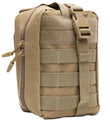
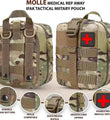
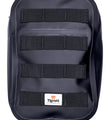
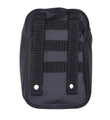
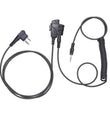
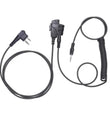
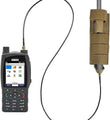
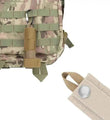
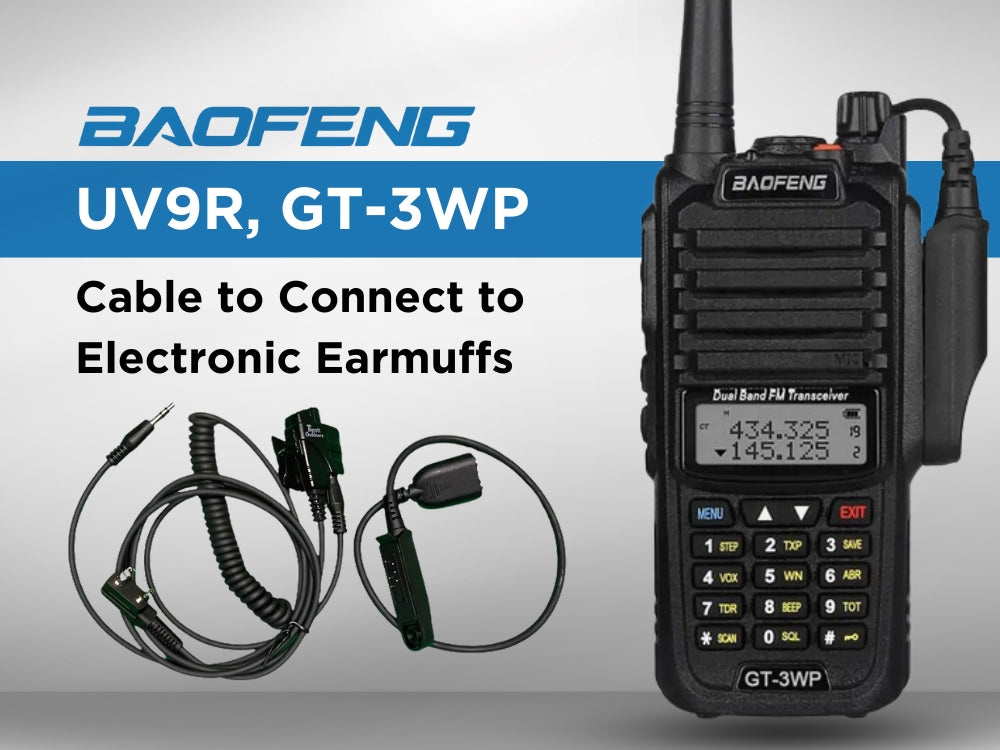
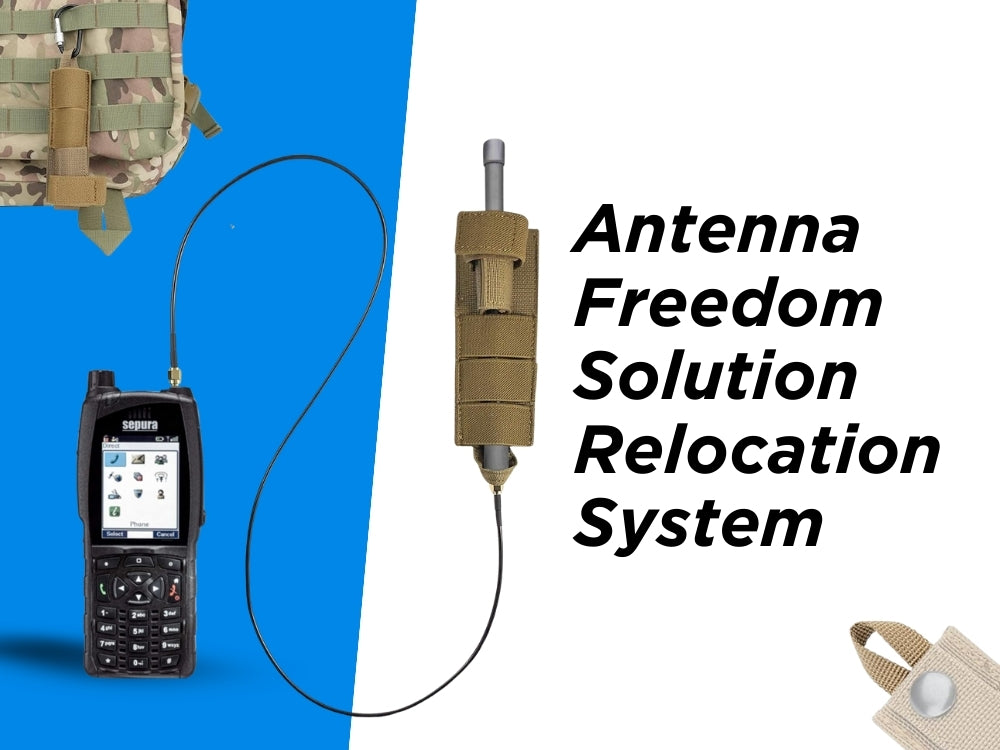
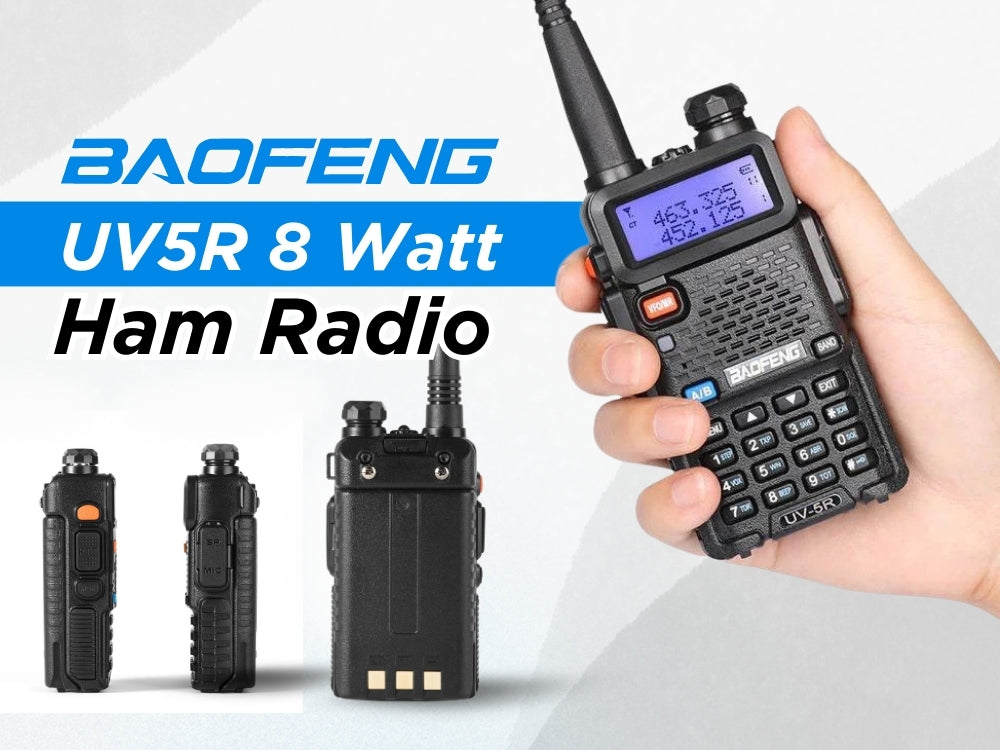
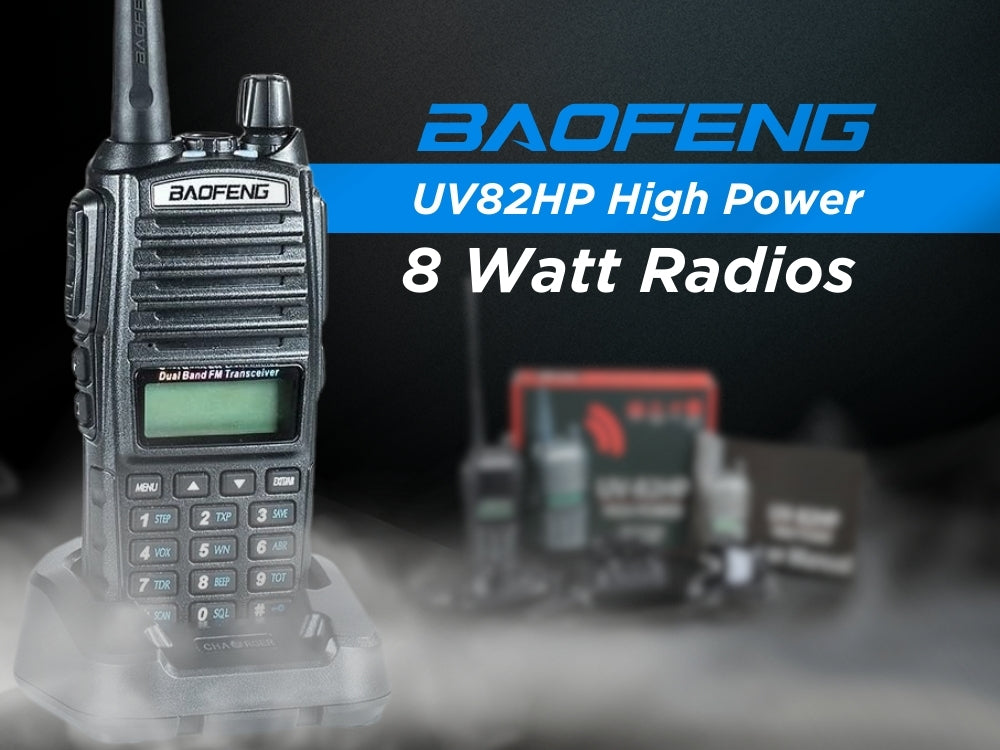
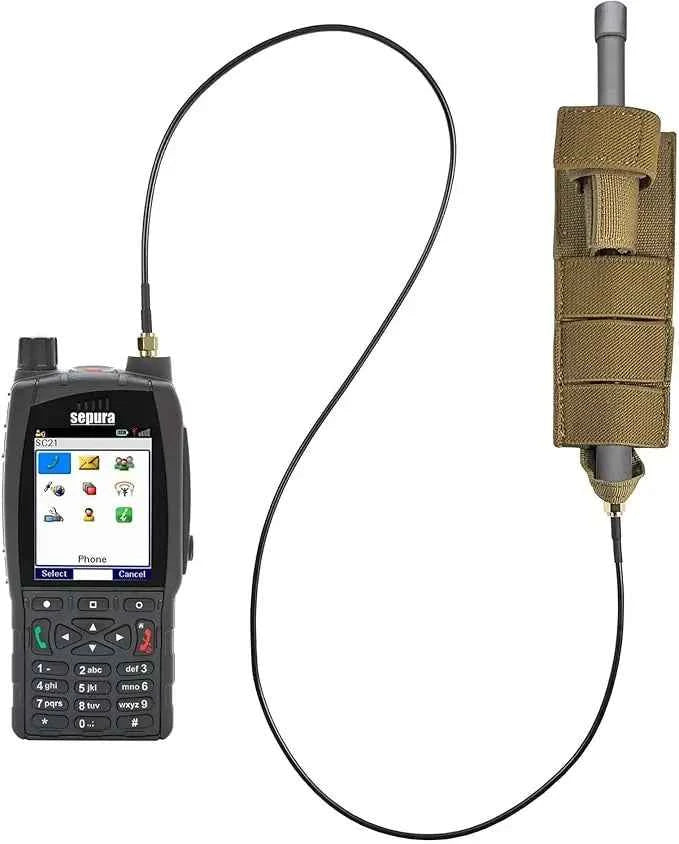





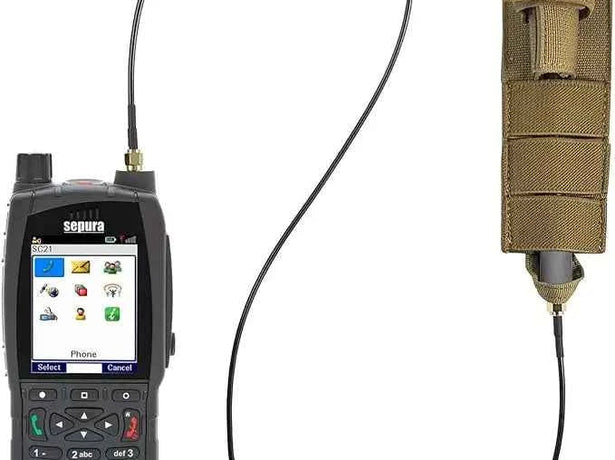

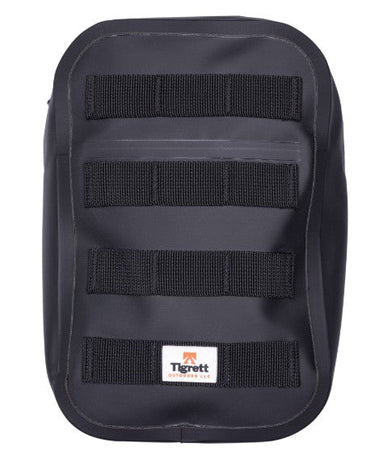
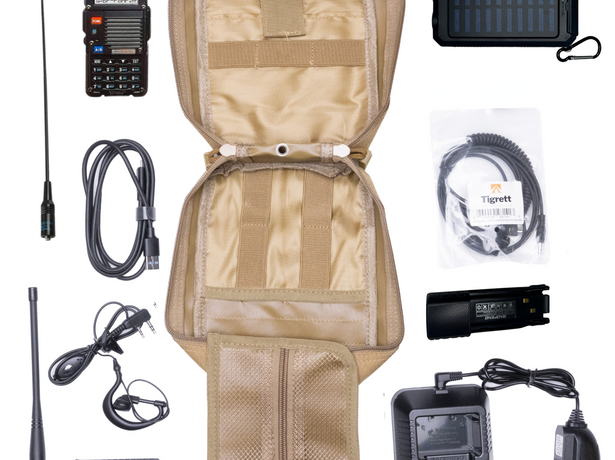
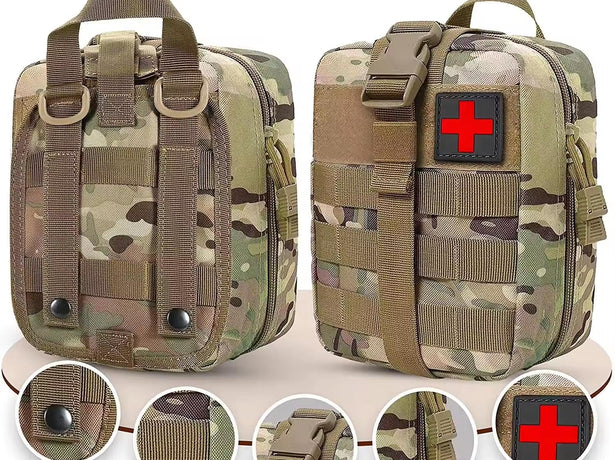
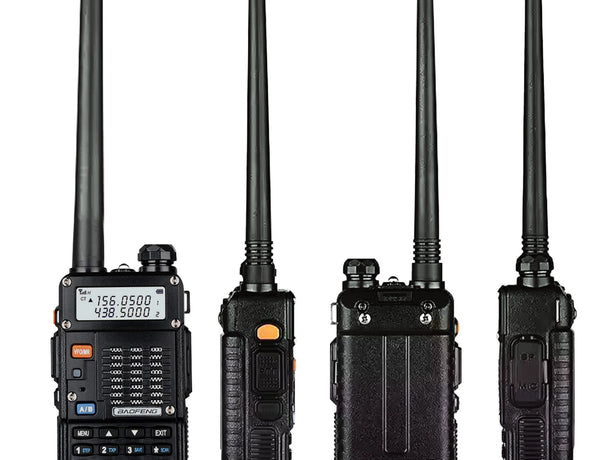

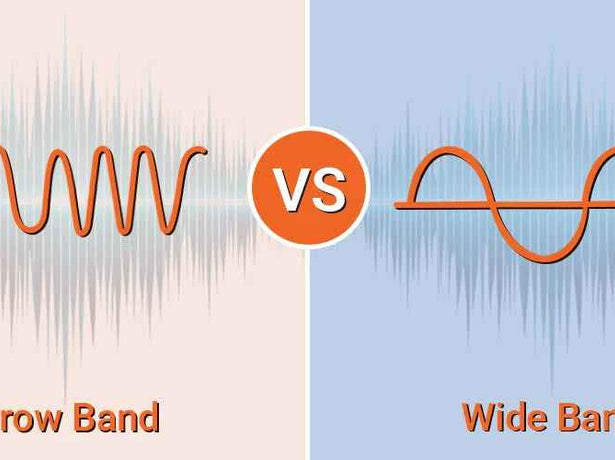
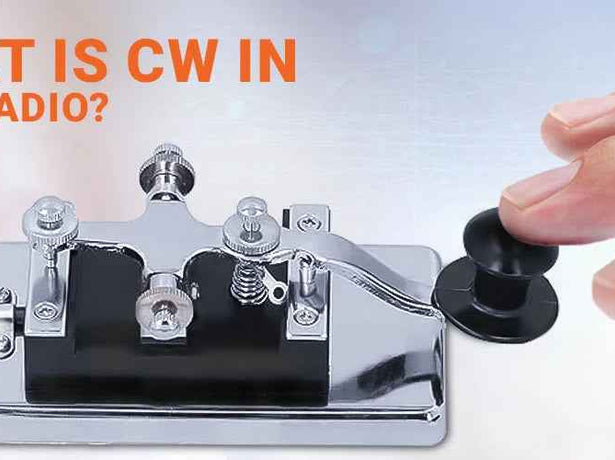
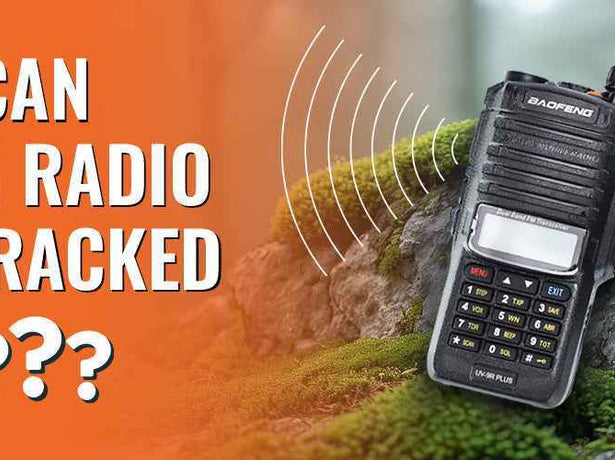


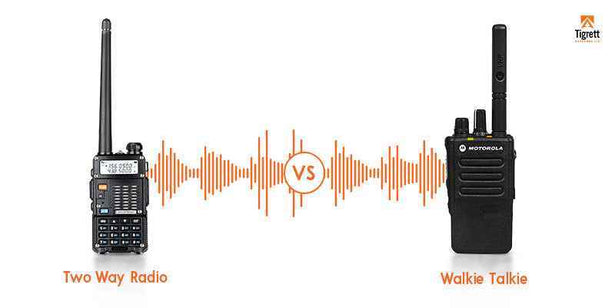
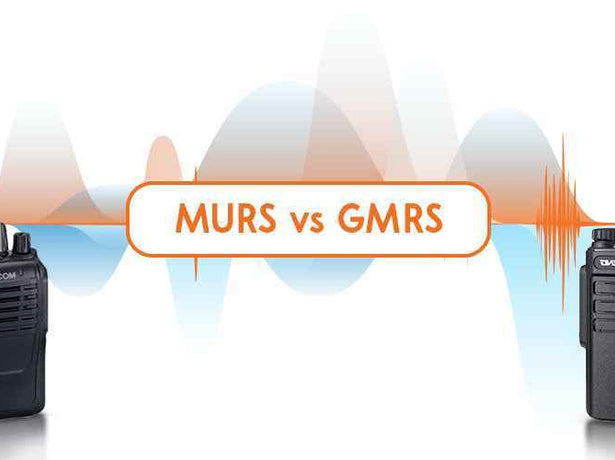
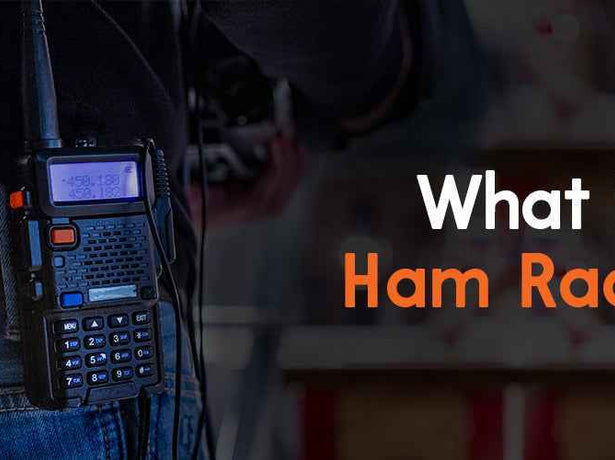
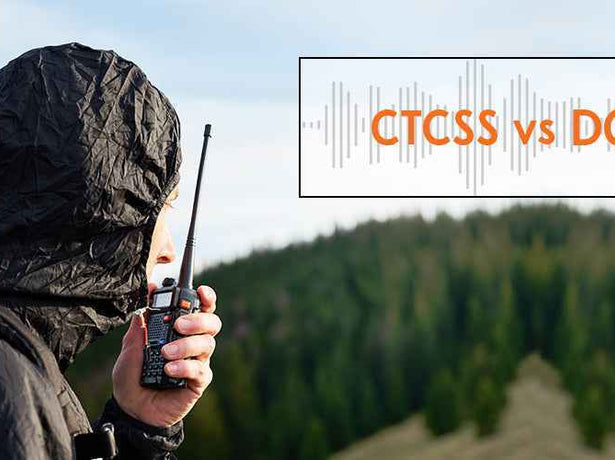
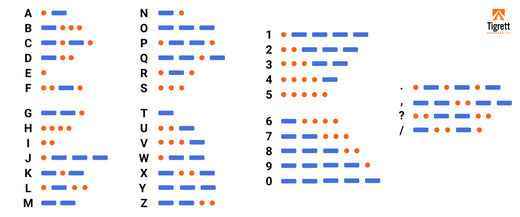
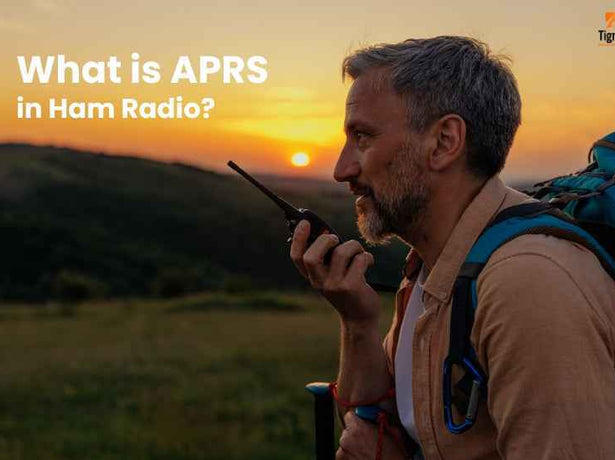
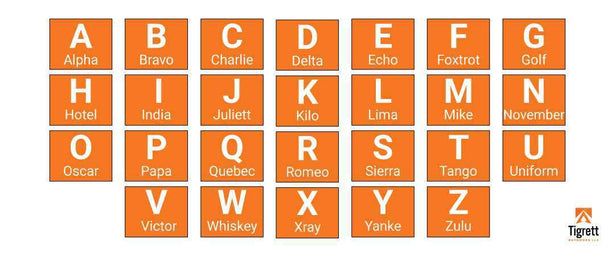
![What Does 73 Mean in Ham Radio? [Explained]](http://tigrettod.com/cdn/shop/articles/1741427464_615x460_crop_center.jpg?v=1741427465)
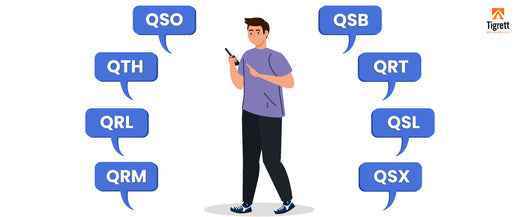
![How Much Does a Ham Radio Cost? [Everything Explained]](http://tigrettod.com/cdn/shop/articles/1741427457_615x460_crop_center.jpg?v=1741427458)
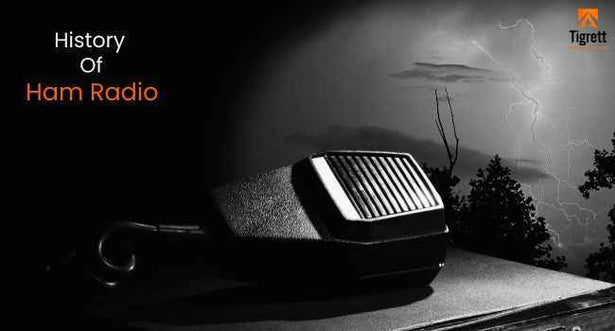
![How To Renew Ham Radio License? [Before the FCC Thinks You Vanished]](http://tigrettod.com/cdn/shop/articles/1741427449_615x460_crop_center.jpg?v=1741427450)
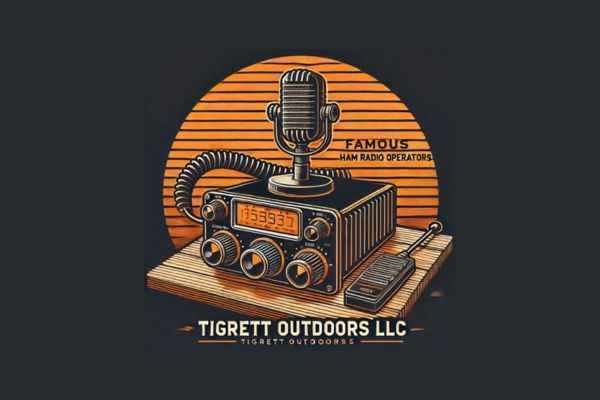
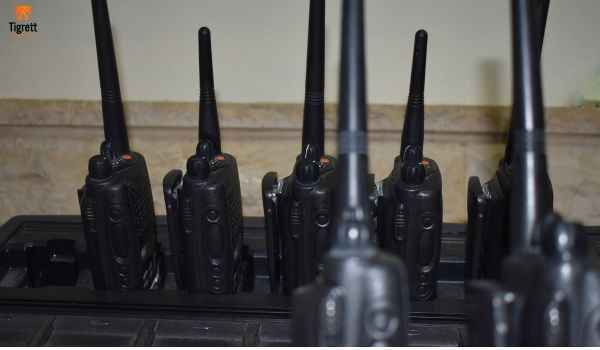
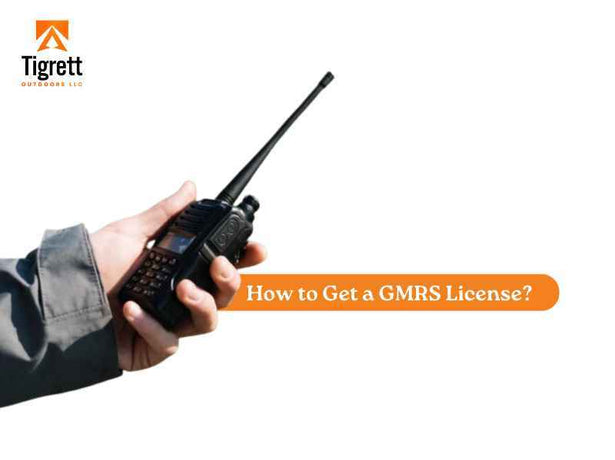
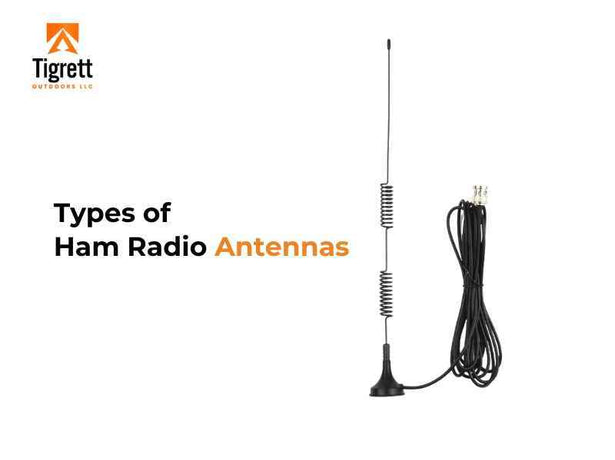
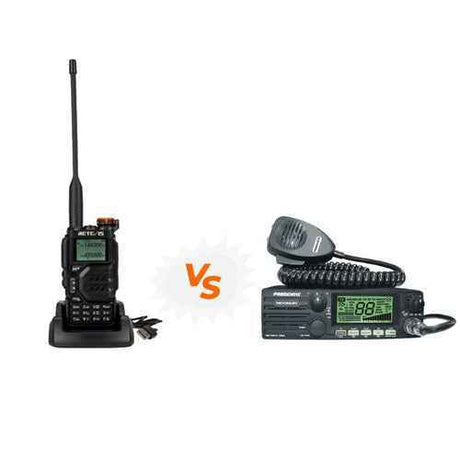
![Why the Height of a VHF Radio Antenna Is important? [Explained]](http://tigrettod.com/cdn/shop/articles/1741427428_615x460_crop_center.jpg?v=1741427429)
![How to Use Baofeng UV-5R as a Walkie Talkie? [Explained]](http://tigrettod.com/cdn/shop/articles/1741425757_615x460_crop_center.jpg?v=1741425758)
